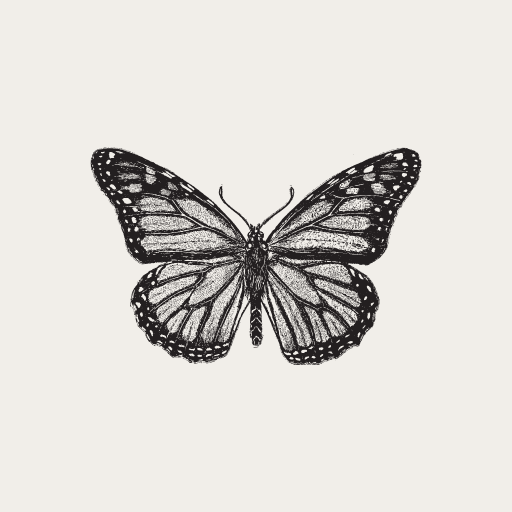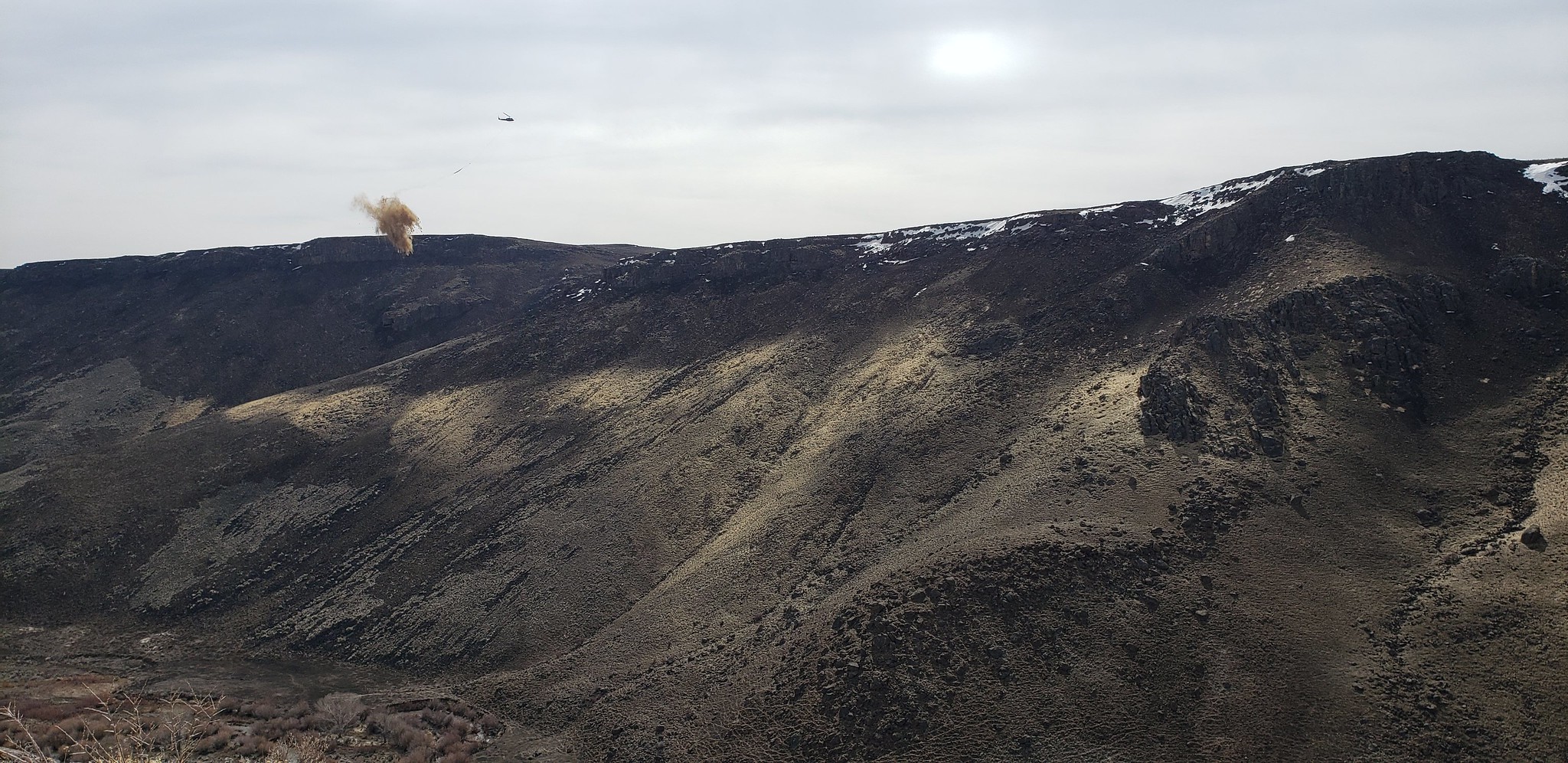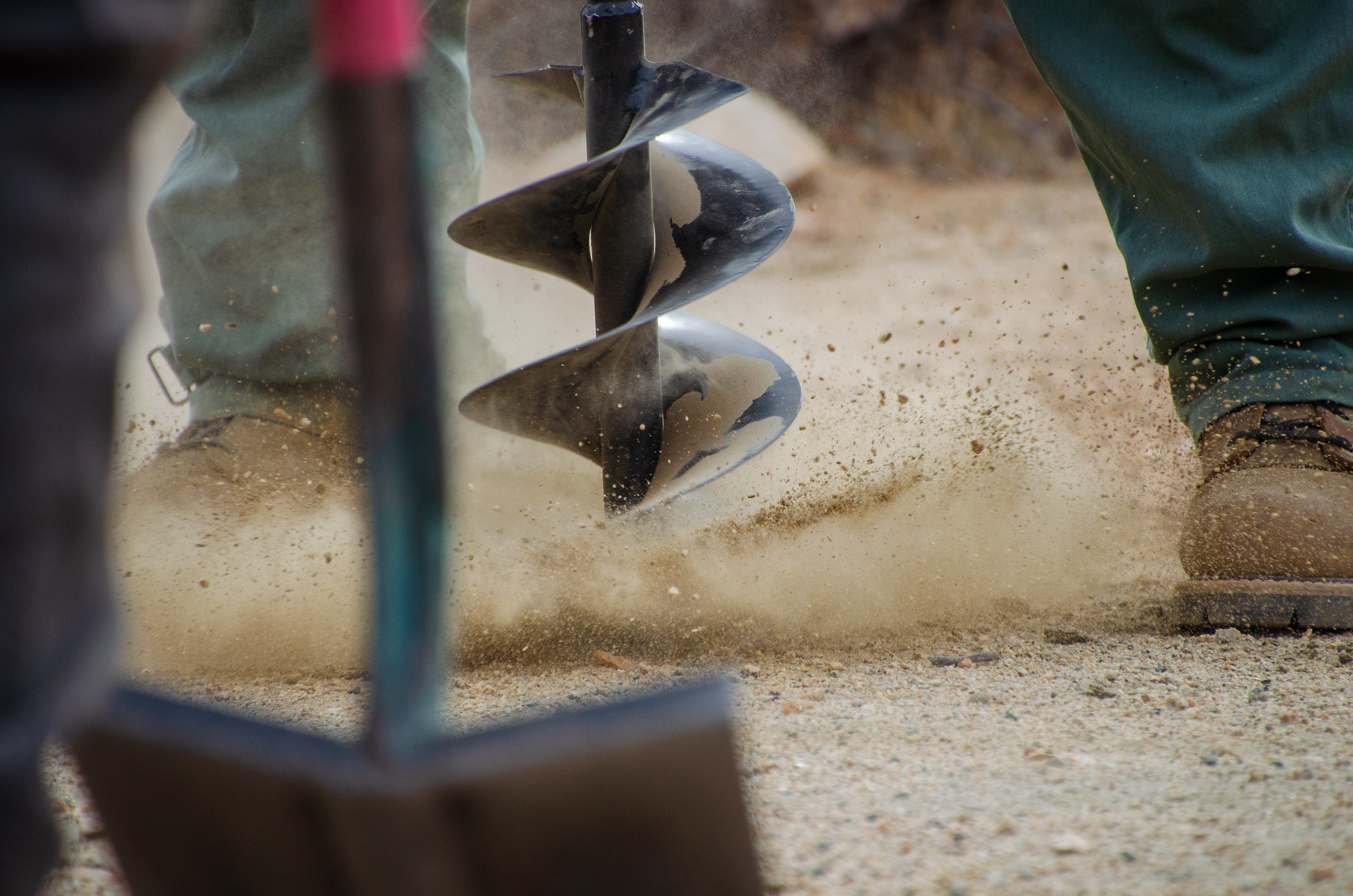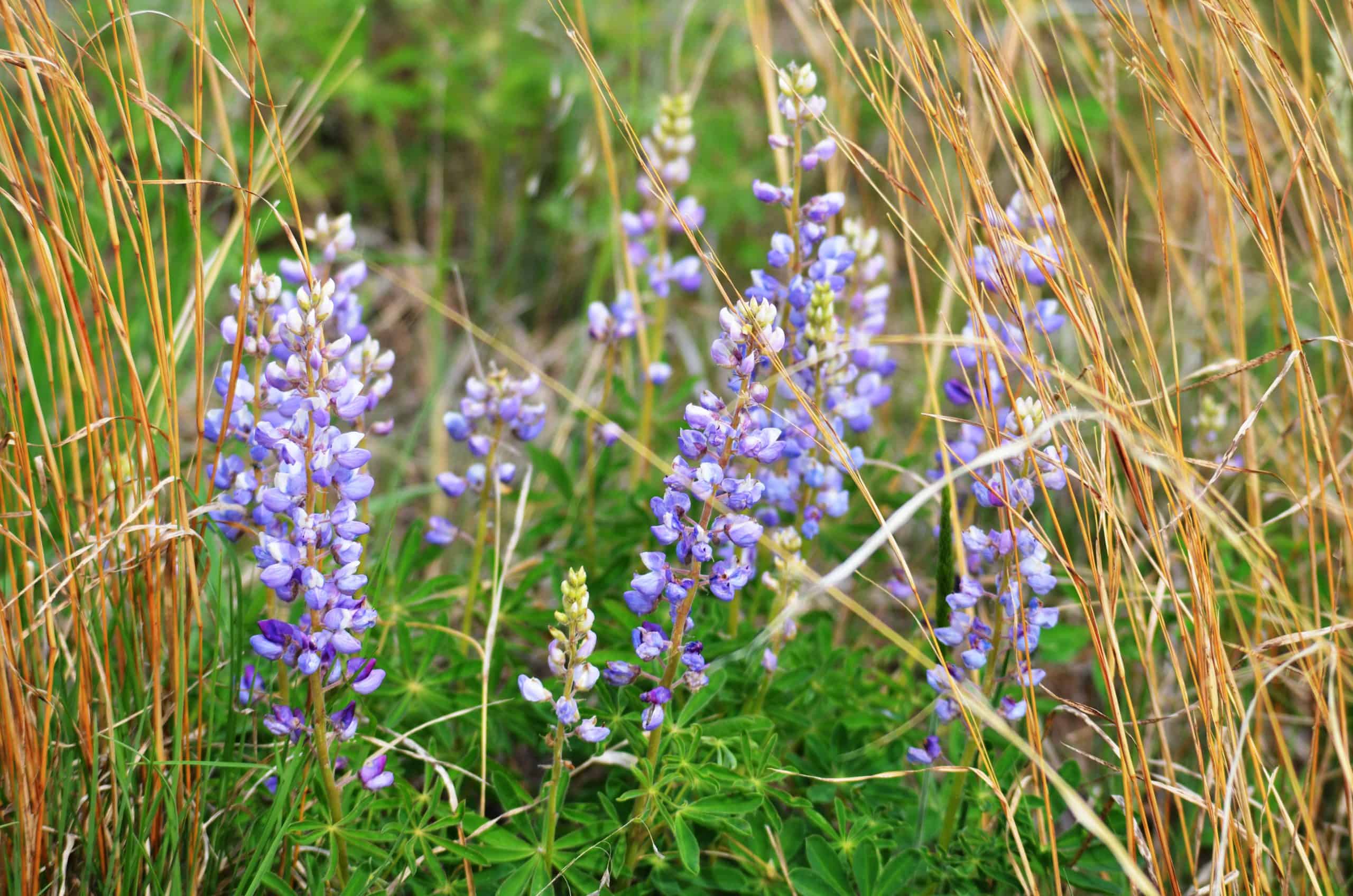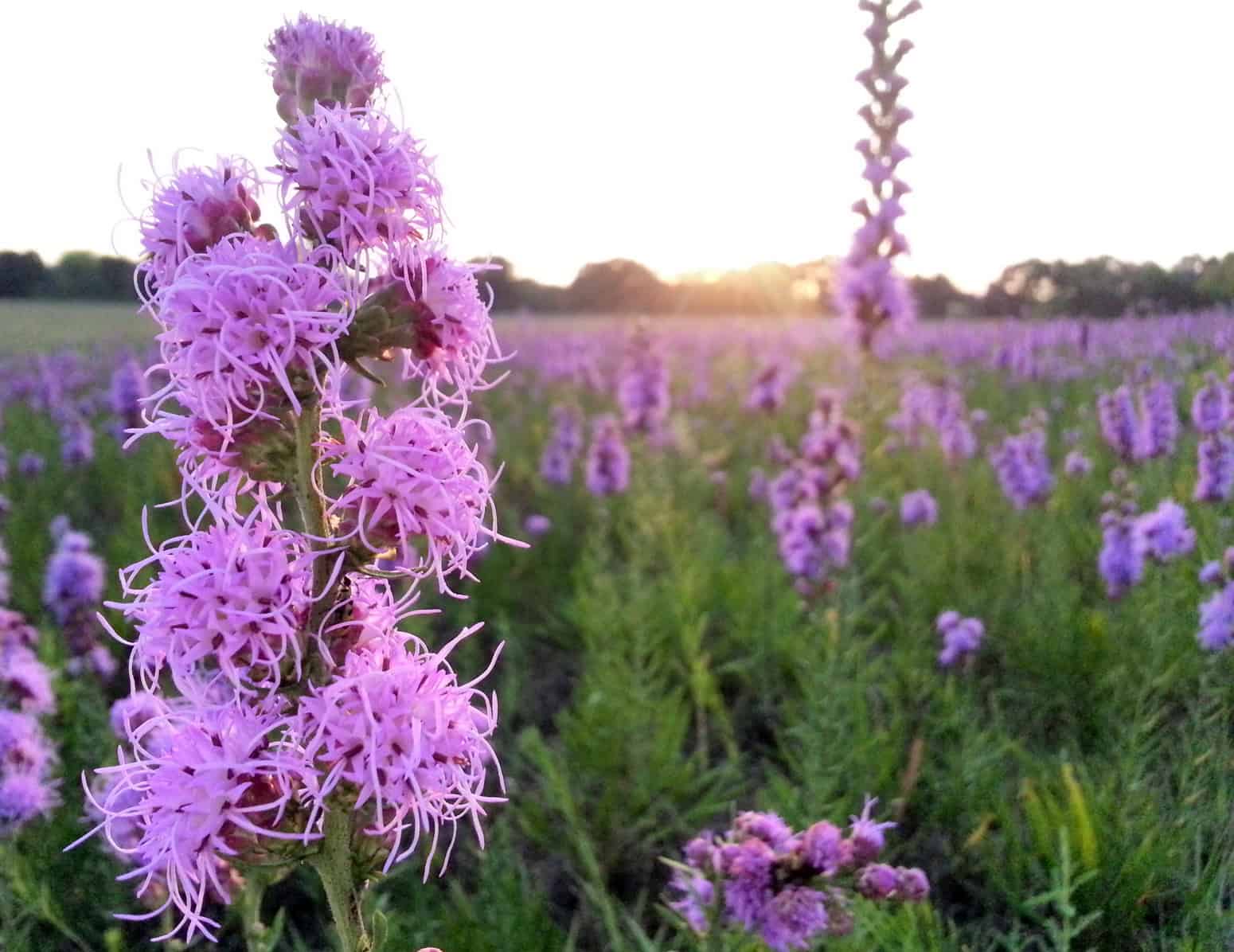Restoring areas impacted by human activities.
Human activities have drastically altered landscapes over the centuries. From urban sprawl to agricultural expansion, many of our natural ecosystems have been disrupted, leaving them struggling to thrive. Fortunately, native plants offer a powerful tool for restoring these ecosystems and helping the land heal. As a conservationist and an artist, I’ve come to see the incredible role native plants play in revitalizing our environment—not just by adding beauty, but by reintroducing balance and harmony where it’s been lost.
In this article, we’ll explore how native plants are key to rehabilitating local ecosystems and the importance of using them to restore areas affected by human intervention.
Why Ecosystem Restoration Matters
Restoring ecosystems is not just about bringing back the beauty of nature—it’s about returning balance. Healthy ecosystems provide a wide range of vital services: clean air, water, fertile soil, and habitats for countless species. When we disrupt these ecosystems, we damage their ability to function properly. This can lead to soil erosion, loss of biodiversity, water pollution, and more. By using native plants to rehabilitate these areas, we are reintroducing the local flora and fauna that once thrived, which helps restore these crucial ecosystem functions.
How Native Plants Help in Ecosystem Restoration
1. Rebuilding Soil Health:
One of the first challenges in rehabilitating a damaged ecosystem is improving the soil. Human activities, such as construction, farming, and deforestation, often leave the soil depleted, compacted, or eroded. Native plants have evolved to thrive in the soil conditions of their local ecosystems, making them the perfect candidates for rebuilding soil health.
- Deep Root Systems: Many native plants, such as grasses and wildflowers, have deep, extensive root systems that help to break up compacted soil, allowing for better water infiltration and nutrient absorption.
- Soil Stabilization: Native plants’ roots help to prevent soil erosion, particularly in areas that have been disturbed by construction or mining activities. They anchor the soil in place, reducing the loss of topsoil and maintaining soil structure.
2. Enhancing Biodiversity:
Ecosystem restoration is a process of reintroducing a balance of species to the land. Non-native plants often crowd out local species, leaving ecosystems with fewer native insects, birds, and other wildlife. By planting native species, we help bring back the biodiversity that once existed in a region.
- Attracting Beneficial Insects: Native plants are essential for attracting pollinators like bees, butterflies, and moths, which are often struggling due to habitat loss and the overuse of pesticides.
- Supporting Wildlife Habitats: Native plants provide food and shelter for native wildlife, from small mammals to birds. These species are adapted to local plants and depend on them for survival.
3. Regenerating Water Resources:
Many areas impacted by human activity suffer from water pollution and poor water retention. Native plants help to restore water systems in several ways.
- Water Filtration: Certain native plants, particularly those found along riverbanks and wetlands, act as natural filters, trapping pollutants and excess nutrients before they reach water bodies. This helps to improve water quality and reduce eutrophication (excess nutrients in water that can lead to algae blooms).
- Water Retention: Native plants are highly adapted to local moisture conditions, allowing them to thrive without excessive water consumption. This helps to reduce water runoff and improve groundwater recharge.
4. Reducing the Spread of Invasive Species:
Invasive species are non-native plants, animals, or insects that disrupt the balance of local ecosystems. These plants can outcompete native species for resources, leaving local flora and fauna at risk. By using native plants, we help to combat the spread of invasive species and re-establish the natural order.
- Outcompeting Invasives: Native plants are specifically suited to their environment and often have unique defense mechanisms that make them more resilient to invasive species. When planted in the right areas, native plants can crowd out invasive species and restore ecological balance.
5. Restoring Ecosystem Functions:
One of the ultimate goals of ecosystem restoration is to bring back the essential functions of the land—functions that support life for all creatures. Native plants provide critical ecosystem services that keep everything running smoothly.
- Pollination: Native plants provide food for pollinators, ensuring the continuation of essential pollination processes that support crops, trees, and flowers.
- Carbon Sequestration: Many native plants are excellent at capturing and storing carbon, which helps to combat climate change by removing carbon dioxide from the atmosphere.
Practical Steps for Using Native Plants in Ecosystem Restoration
If you’re looking to rehabilitate an area impacted by human activity, here are some practical steps to consider when using native plants to restore the land:
- Assess the Area: Begin by evaluating the site. Is it disturbed by urbanization, agriculture, or industry? Consider the local soil conditions, water availability, and whether invasive species are present.
- Consult Local Experts: Reach out to local environmental organizations or native plant societies for advice on which species are best suited for your area. Some plants may need special care or specific conditions to thrive.
- Choose a Diverse Range of Species: Aim to plant a diverse mix of native species, including trees, shrubs, wildflowers, and grasses. A variety of plants will help support different wildlife species and create a healthier ecosystem.
- Provide Proper Care: Even native plants may need a little help to establish themselves. Water them regularly during the first year and keep an eye out for any invasive species that might encroach.
- Monitor and Maintain: Over time, continue to monitor the restoration site to ensure that native plants are thriving and invasive species are kept in check. Don’t be afraid to replace plants that don’t do well with others that may be a better fit.
The Power of Native Plants in Ecosystem Restoration
Native plants offer one of the most effective and sustainable ways to restore ecosystems impacted by human activities. Whether you’re looking to rebuild soil health, support biodiversity, regenerate water resources, or fight invasive species, native plants are the solution. By planting and nurturing these species, we can help our local ecosystems recover and thrive once again.
As we work together to restore these vital landscapes, we can also learn valuable lessons about our connection to the land and our role in its care. The process of rehabilitation isn’t just about plants; it’s about healing the earth—and that’s something each of us can contribute to. So, take the first step and consider adding native plants to your own backyard or a local restoration project. Together, we can make a lasting impact on the health of our planet.
If you’re ready to help restore local ecosystems, start by exploring native plant species in your area and learn about opportunities to get involved in community restoration projects. Every small action counts, and by choosing native plants, you’ll be helping to heal the land and support the wildlife that call it home.
FAQ
Native plants are essential for restoring ecosystems because they help rebuild soil health, enhance biodiversity, regenerate water resources, and reduce the spread of invasive species. These plants are specifically adapted to local conditions, making them key players in restoring balance and functionality to disturbed environments.
Native plants often have deep, extensive root systems that break up compacted soil, allowing better water infiltration and nutrient absorption. Their roots also help prevent soil erosion, which is particularly important in areas impacted by construction, mining, or agriculture.
Yes! Native plants provide habitats and food sources for local wildlife, including pollinators like bees, butterflies, and moths. By planting native species, we can help restore the biodiversity that has been lost due to urbanization, farming, and invasive species.
Native plants are adapted to the local climate and moisture conditions, which means they often require less water than non-native species. Additionally, certain native plants, especially those near rivers and wetlands, act as natural filters, improving water quality and reducing runoff.
Native plants are resilient to local conditions and have natural defense mechanisms that make them more competitive than invasive species. By planting native species, we can crowd out invasive plants and restore ecological balance
